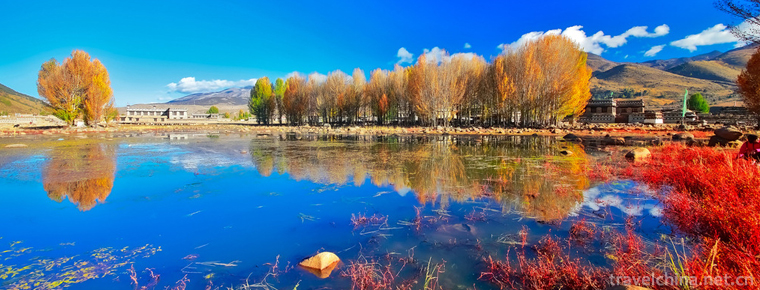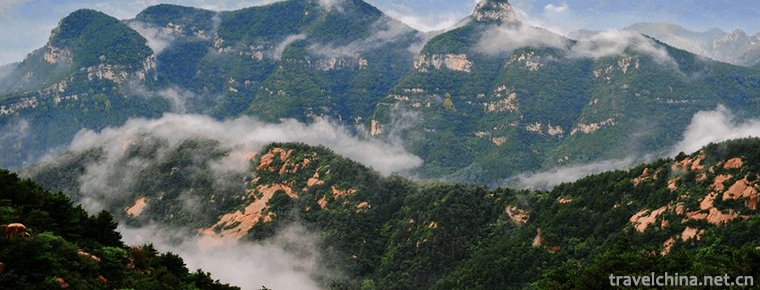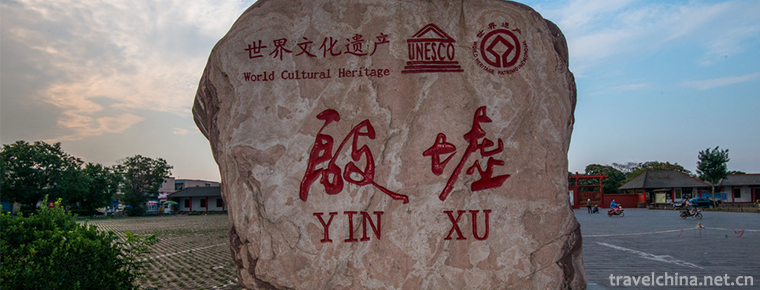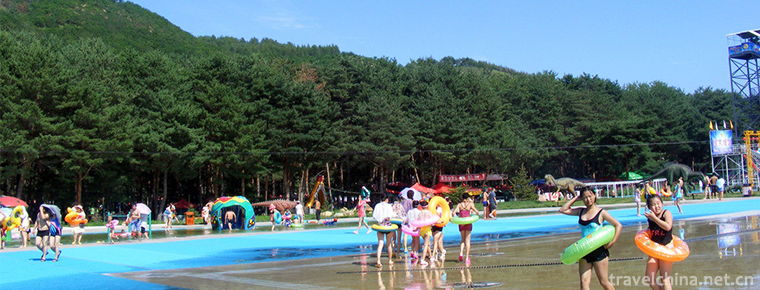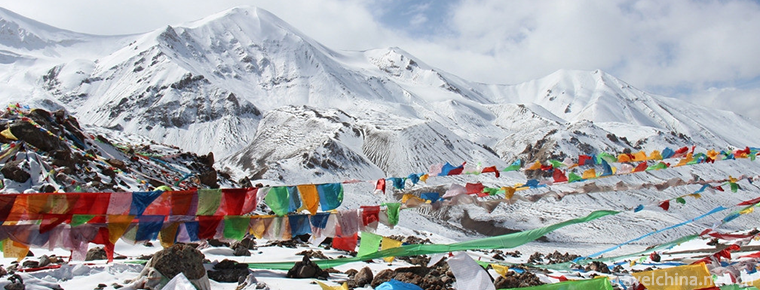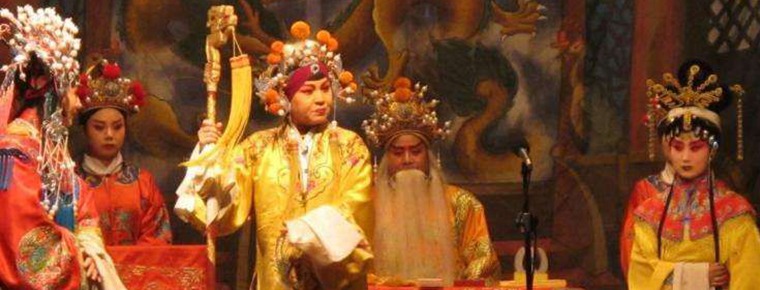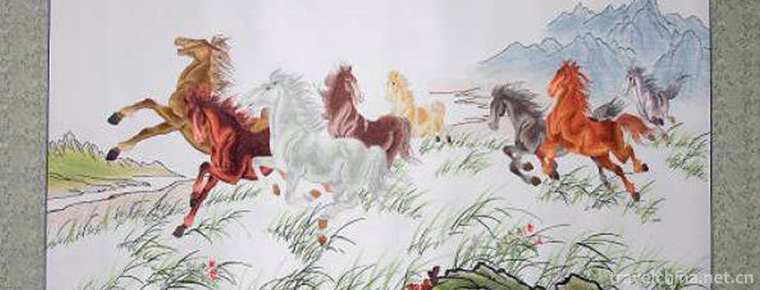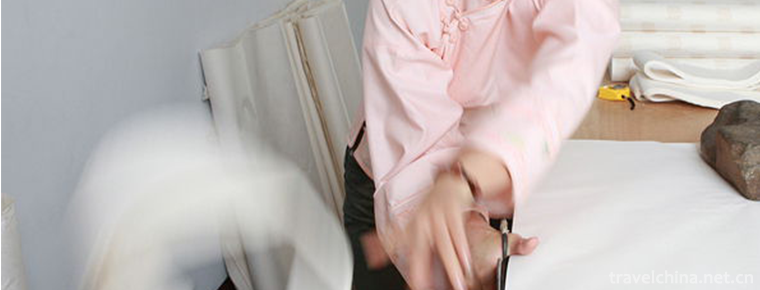March Street Dali
March Street Dali
"Yuejie", or March Street of Dali, also known as "Guanyin City, also known as the March Meeting of Dali, today also known as the National Day of March Street, is a grand festival and street period of Bai nationality. March Street is a national traditional festival with a history of thousands of years. It is not only the oldest and most prosperous trade fair in Western Yunnan, but also the grand annual festival of folk cultural and sports exchanges among the people of all nationalities in Dali Prefecture. Since 1991, March Street has been designated as a statutory festival for the people of all ethnic groups in Dali Prefecture. It is held every year outside the west gate of Dali ancient city on March 15 of the lunar calendar for seven to ten days.
On June 7, 2008, Dali March Street was listed in the second batch of national intangible cultural heritage list with the approval of the State Council.
historical origin
Poetry
Wuqi Pazi Fengtou Shoes, team up with each other to catch up on the Moon Street.
Going to burn incense on the side of Guanyin Stone and buying goods in front of Yuanzu Stele.
This is a poem in "Moon Street Yin" written by Qianlong Dali Juren Teachers'College in Qing Dynasty.
Legend
A young Bai fisherman, Ashan, lives on the edge of Erhai Lake in Yunnan Province. At night, he fished on the moon, played three strings, sang fishing songs, and the songs spread to the Dragon Palace. Axiang, the little girl of the Dragon King, heard this and came to the boat to marry Ashan. March fifteenth is the day of market in the moon. All the gods go to the Moon Palace to buy things. Axiang turned into Xiaohuanglong and carried Ashan to the market. They came to the Moon Palace and swam with Chang'e and Wu Gang in the Moon Street under the Daqing Tree. The street was very busy. Everything was transparent and shining, visible and intangible. They returned to the village and told the villagers about the moonlight market. They decided to imitate the Moon Street, plant three big green trees at the foot of Cangshan Mountain, and set up a stall around the big tree on March 15, so that people from four villages and eight villages could come to the market. Dali's "March Street" continues to this day.
Tang dynasty
As far back as Nanzhao period in Tang Dynasty, Nanzhao Yangquan (jzhao) city (the ancient city of Dali today) was not only the political, economic and cultural center of Yunnan, but also an important gateway for cultural exchange and trade between Nanzhao and the ancient countries of Southeast Asia. At this time, Buddhism had been introduced into Nanzhao. The ancestors of the Bai nationality in Nanzhao worship the Guanyin Bodhisattva in Buddhist legends. Legend has it that this kind-hearted, hardship-saving Goddess of Confucius also subdued the demon Rachal, who was entrenched in Dali. Therefore, in order to repay the merits of Guanyin Bodhisattva, "on March 15, every year, people focus on offering sacrifices to vegetable and food, which is called the place of offering sacrifices to Guanyin." Hereafter, the transaction was passed on to the Avalokitesvara Street. (Causes of the White Country) There are also such written records in Tongzhi of Yunnan, compiled by Jiajing Jinshi and Bai historian Li Yuanyang in the Ming Dynasty, "Guanyin syllable, which was traded in the provinces under Cangshan on March 15. From the Tang Dynasty to the present, the dynasty has accumulated more, the city remains unchanged, knowing that Guanyin entered Dali, later generations burned incense to the sun, the four sides heard the wind, each with goods.
These written records show from one side that the emergence of March Street in Dali, to a large extent, is related to the introduction of Buddhism into Dali, and on the basis of the Folk Buddhist Lecture.
the Ming dynasty
Xu Xiake, a famous Traveler and writer in Chongzhen period of Ming Dynasty, traveled and visited western Yunnan. In 1636, Dali March Street was inspected, and in Diary of Yunnan Travel, it was recorded truthfully, "The fifteenth day is the beginning of the street. Gaiyucheng (Dali) has a gathering of Guanyin Street, which is located in the martial arts arena in the west of the city... All thirteen provinces and all the barbarians in central Yunnan have arrived.
Since the Tang and Song Dynasties, Dali horses with solid hoofs and good bearing skills have been sold not only to the Central Plains, but also to Burma, Persia and other ancient countries. According to historical records, during the Jianyan period of the Southern Song Dynasty, the regime of the Southern Song Dynasty once "sent Jin Ang to Dali to recruit horses. Duan He, king of Dali, sent five hundred horses and elephants to the Qingping government to be sacrificed with Ang. The 500 Dali horses were "given Yuefei by 300 horses and Zhang Jun by 200 horses" by the emperor of the Southern Song Dynasty. It is also for the purpose of screening "You Shan Chi Biao" Dali horse as a fighting horse, horse racing has become a major event in March Street.
In his Diary of Yunnan Tour, Xu Xiake also recorded the horse race on March Street: "Yu is from the west of Simon to a mile and a half, entering the martial arts arena, all of which are sheltered for the city, and there are many intertwined scenes. Its north is a horse farm, where thousands of riders intersect, and several ride in the middle, while the rest of the team rides high and low........................................
the Qing dynasty
By the Qing Dynasty, the size of March Street was even more impressive.
In the Qing Dynasty's Dali County Chronicle Manuscript, it was written that the grand occasion of March Street was "in the prime of time, the department stores were doing a lot of business. There were 100,000 businessmen from all over the country, such as Shu, Jiangxi, Guangdong, Zhejiang, Guangxi, Qin, Guizhou, Tibet and Myanmar, as well as from all prefectures and counties in the province. The Dali trades of horse mule, medicinal materials, tea market, silk, wool, wood planting, ceramics, copper and tin ware were worth at least tens of thousands of thousands of dollars." At that time, the magnificence of March Street in Dali ranked first not only in China, but also in Asian countries. Li Xixi, the first batch of Dali students studying in Japan and Bai musician in the late Qing Dynasty, wrote such a poem "Bamboo Branch Ci on March Street":
In the past, millions of money flowed like water.
Sichuan, Guangzhou, Suzhou and Hangzhou exquisite goods, trading mall crown Asia.
In the early 1980s, Dali Ancient City was listed by the State Council as one of the first 24 famous historical and cultural cities and 44 scenic spots in China, and then it was declared as Grade B tourist area to be open to the outside world. In the early 1990s, the People's Government of Dali Prefecture submitted to the People's Government of Yunnan Province for approval and designated March Street as "March Street National Day of Dali Bai Autonomous Prefecture". Every March Street, Chinese and foreign people come to visit and negotiate business. March Street in Dali, a grand gathering of thousands of years and a festival of happy gathering of all the people, is both simple and unique, still charming, and glowing with new brilliance!
Social customs and habits
March Street is a national traditional festival with a history of thousands of years. It is the oldest street in Western Yunnan, and the street of March Street covers 90 Mu outside the gate of the ancient city of Dali. Its main contents are:
(1) conduct material exchange, including pilose antler, musk, Codonopsis pilosula, safflower, Paeonia lactiflora, chuanxiong, Cordyceps, bear's paw, Saussurea involucrata, pig's sands, ginseng, Gastrodia elata, calculus bovis, tortoiseshell, turtle shell, Amomum villosum, Fritillaria, Fritillaria, Qinling and aconite, etc. the trading volume of herbs is large and varied, and it is the largest in western Yunnan. Next is the livestock trade, including the cattle in Burma. Inner Mongolia's camels, mules and horses, farming cattle and so on in Yunnan all over the world, each time trading volume is more than 10,000 heads; once again, local products in Yunnan are sold on the Yuejie Street. The more famous ones are Fengqing, Puer's tea, Jingdong's sugar, Xuanwei and Heqing's ham, Baoshan, Tengchong's gemstones, amber, jade, marble, straw hat, tie-dyeing, marble, Xiangyun spicy seeds, Yangyang nucleus. Peach, Eryuan milk fan, plum, Midu's rolled hoof, Jianchuan wood carving, etc. Finally, other production and daily necessities transactions.
(2) Holding large-scale national sports exchange activities and literary and artistic performances, including horse racing, archery, wrestling, shooting, martial arts, chess, ball games, large-scale national literary and artistic performances, folk literary and artistic tunes, dragon and lion dancing, crane, clam, horse elephant, tyrant whip, etc. in Yuejie Street.
(3) It is a grand occasion for ethnic minorities to taste delicious food. On the Yuejie Street, various snacks with local ethnic characteristics make people who come to the streets forget to return. Snacks are generally divided into three categories: raw, cold and cooked. There are famous food in Dali, such as snails, raw skin, snow, casserole fish and so on.
(4) During the period of Yuejie, the ancient city of Dali was decorated with new lights and decorations. Each household placed flowers and trees in front of the door and built "Huashan" in the street market.
Folk custom
At present, Dali Bai Autonomous Prefecture celebrates this festival every year. The whole prefecture has a five-day holiday. At this time, guests from all walks of life come in succession. There are many things from different countries to trade here. There is also a street of Tibetan medicine and a horse race club.
Every March Street, the streets are crowded with people, from the west gate of the ancient city of Dali along the road leading to the venue up to a kilometer, long shelters in rows, business and trade gathered, goods are dazzling. Flows of people bargain in front of the shelves. A street of famous specialties is particularly interesting. The exquisitely carved wood carvings of Jianchuan, the magnificent marble products, Xiaguantuo tea, the clothes and ornaments of beautiful flowers, and the straw hats of Dali have attracted many people's attention.
Delicious food has become a major feature of March Street: Bai people's three-way tea, casserole fish head, milk fan, sour papaya fried chicken, beef roasted chestnut, yellow stuffy chicken and other temporary restaurants crowded with people from all over the world. We have to mention the sour, sweet and salty plum of Dali: pickled plum with hot pepper noodles and stewed plum with soaked broad beans. The carved plum is more like a work of art, with its fragrance, crispness and sweetness in its mouth.
Value meaning
March Street, with a history of more than 1300 years, integrates Bai people's history, folklore, religion and economic and cultural exchanges, which is of irreplaceable value to the study of Dali Bai people's economic, cultural and religious development history. Since 1991, millions of tourists and businessmen have come from all over the country and more than 30 countries and regions, such as the United Kingdom, the United States and Germany. The March Street National Day in Dali has become an important bridge for the world to know Dali and to move Dali to the world.
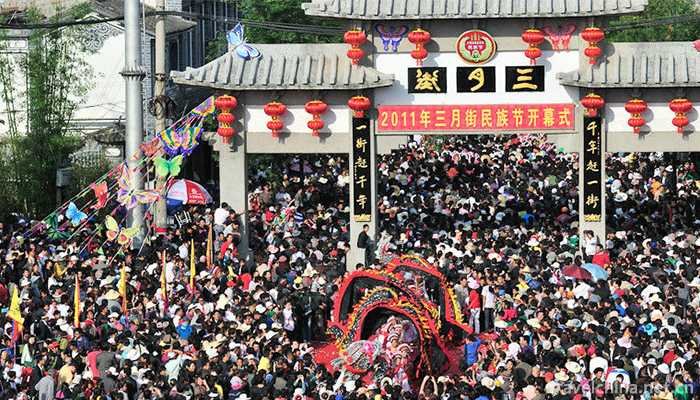
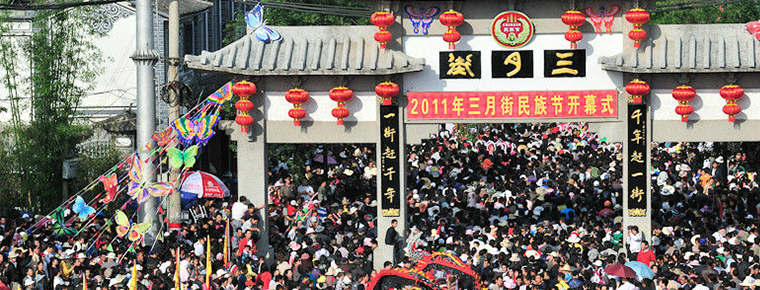
March Street Dali
-
Daocheng Yading County Ganzi Sichuan China
Aden Scenic Spot is located in Riwa Township, Daocheng County
Views: 591 Time 2018-10-12 -
Taimu Mountains
Taimu Mountain is located in the northeast of Fujian Province. It is 45 kilometers south of Fuding City from the urban area.
Views: 226 Time 2018-12-08 -
Yimeng Mountain Range
Yimeng Mountain Tourist Area is a cross-regional tourism area consisting of the geographical coordinates of Mengshan and Yishan Mountains according to the local tourism department of Shandong Province
Views: 139 Time 2018-12-08 -
Yin Ruins Scenic Area (Yin xu)
Yin Ruins, formerly known as "Northern Mongolia" , is the ruins of the capital city in the late Shang Dynasty of China, located in Anyang City, Henan Province
Views: 212 Time 2018-12-09 -
Yilong Water Custom Park
Yilong Water Custom Park was built in 1996, covering an area of 100 hectares. It was solely operated by individuals and formally opened in June 1997.
Views: 384 Time 2018-12-22 -
Legend of Anima Qingxueshan
The Legend of Anima Qing Snow Mountain refers to the legendary Anima Qing Mountain God, who is a powerful and upright God riding a high-headed white horse, holding a Mani bag (a treasure).
Views: 202 Time 2019-03-28 -
Gongs and drums
Gong and drum zaju, also known as "zaju of Gong and drum" and "long Yan zaju", is one of the local traditional dramas in Shanxi Province and Henan Province and one of the national
Views: 138 Time 2019-05-15 -
Wenzhou embroidery
Ou embroidery, also known as painting curtain, is a local traditional art in Wenzhou, Zhejiang Province. It is produced in Oujiang area. It is also one of the special handicraft products of "thre
Views: 181 Time 2019-06-08 -
Xuan Paper Making Skills
The production of Xuan Paper, first through a leather production process and a grass production process, and then through more than 100 processes.
Views: 157 Time 2019-07-09 -
Jiajinshan National Forest Park
Xiaojin County of jiajinshan National Forest Park is located at the northern foot of Jiajin mountain in the east of Xiaojin County, Aba Tibetan and Qiang Autonomous Prefecture, Sichuan Province.
Views: 336 Time 2020-11-07 -
The situation of Chinese embroidery in various historical dynasties
The origin of Chinese embroidery is very early. It is said that "Shun ordered Yu to embroider multicolored embroidery". It was developed in the Xia, Shang, Zhou Dynasties and Qin and Han Dynasties. From the early unearthed textiles, embroidery
Views: 231 Time 2020-12-12 -
Safety production in Leshan
By the end of 2018, there were 81 production safety accidents in Leshan City, with 73 deaths and a direct economic loss of 19.0522 million yuan. Among them, there was one major accident and no major or above production safety accident. In 1132 traffic
Views: 196 Time 2020-12-17
